Make sure you're the one walking the dog and that it's not the other way around. This guide will give you the right guidelines that will help you train your dog effectively and efficiently.
If you are keeping your dog in a crate, it's important that you utilize tips for helping them realize this is their home. Feed them in their crate and keep it open for them to come in and out. This will create a good association between the crate and their food.
Use firm control to elicit desirable behaviors from your pet. Give your dog a treat after they properly respond to your commands, but only if they are nice and calm. If you get excited, the dog will become excited and everything will be out of control. Maintain a calm atmosphere and provide an appropriate reward.
The rule of thumb with puppies and house training is to remember: what is eaten will pass. To help regulate your dog's bowel movements, feed him 2-3 times per day. This will help you figure out when the best time is to take your dog out and avoid accidents.
Train your dog in a positive manner. Praise the dog with petting, upbeat words and the occasional treat when he does something right. Under no circumstances should you be violent or aggressive with your dog in response to negative behaviors. Not only does it not work, it encourages the belief by the dog that you have no idea what is going on. Maintain a calm attitude anytime that your dog does wrong so that you can have a relationship o mutual respect with your dog.
Continue training throughout the dog's entire life to ensure positive results. Your dog doesn't stop learning just because it's no longer a puppy. You need to concentrate on positive behavior to make sure of ongoing obedience. When you do this, negative behavior should stop.
Leave the leash somewhat loose during training. When a dog gets the chance to explore new sights, sounds and smells on a walk, he often becomes very excitable. Since they are excited, they may pull on their leash. The savvy owner will discourage this behavior, instead encouraging his or her pet to walk with some slack in the leash.
Avoid accidents when potty training your dog. Learn your dog's signals, so you can anticipate the need to go out. Common behaviors include snuffling, whining, and pacing around. If you see your dog doing this, let it out! Get his leash and take him out to his designated toilet spot! Whenever your dog uses the restroom outside, reward him or her with lots of praise. In time, the dog will ask when he wants to go outside.
Try to get your dog's attention when you are training him or her. Begin each command by using his name. Give a simple command after beginning with the dog's name. Dogs are more likely to respond immediately whenever their name is called because they are aware that you want their attention.
Always use positive reinforcement to train your dog. Use a happy tone when you are rewarding your dog; pet him a lot, and give him a little treat once in a while. Avoid shouting and hitting the dog. It only abuses the dog and causes him to be even more disobedient. To get the best results from your dog training, you need to be firm and consistent, staying positive at all times.
In order for your training to be effective, you have to understand that you'll need to be firm. Avoid yelling at your dog. It is important to be firm when issuing a reprimand and someone who adores them otherwise. This way, you can have a great relationship with the dog.
No matter how old your dog is, or how troublesome he has been until now, some of the above advice will make a difference. Remember, patience is a virtue. Soon, both you and your pooch will be enjoying a much more relaxed environment and a better relationship.

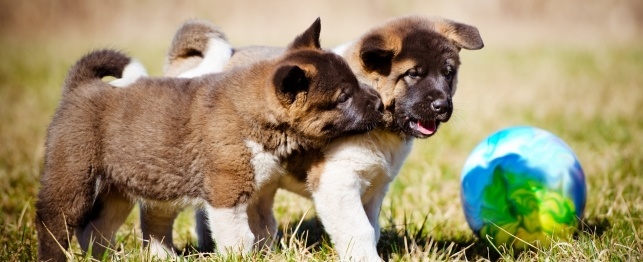 Doggie Play Dates: Are They for Your Dog?
Doggie Play Dates: Are They for Your Dog?
Doggie Play Dates: Are They for Your Dog?
Doggie Play Dates: Are They for Your Dog?
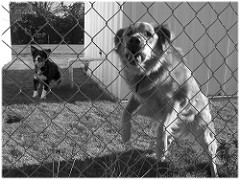 Stop Dog Barking: The Real Approach To Train Your New Family Dog.
Part of training your dog to stop dog barking is learning t
Stop Dog Barking: The Real Approach To Train Your New Family Dog.
Part of training your dog to stop dog barking is learning t
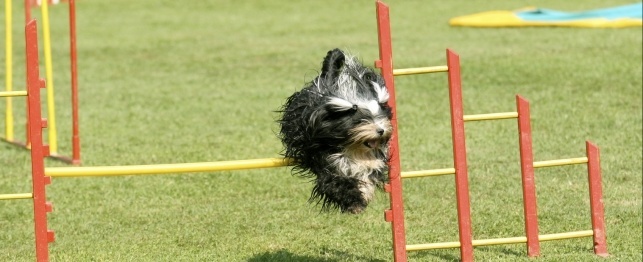 Agility: an Exciting Dog Sport
Agility: an Exciting Dog Sport
Agility: an Exciting Dog Sport
Agility: an Exciting Dog Sport
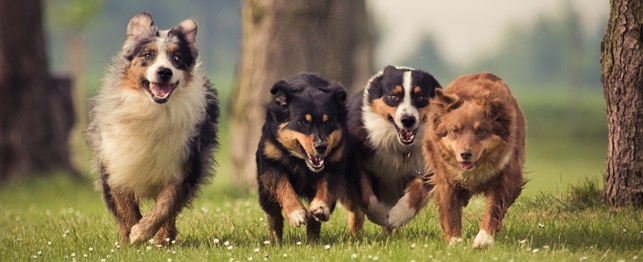 Parks & Recreation: 7 Tips for Enjoying Dog Parks
Parks & Recreation: 7 Tips for Enjoying Dog P
Parks & Recreation: 7 Tips for Enjoying Dog Parks
Parks & Recreation: 7 Tips for Enjoying Dog P
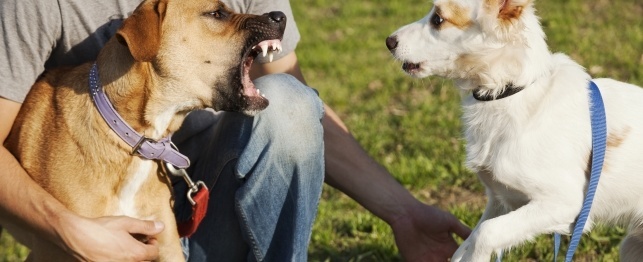 Dog Parks and Bites: What You Need to Know
Dog Parks and Bites: What You Need to Know
Dog Parks and Bites: What You Need to Know
Dog Parks and Bites: What You Need to Know